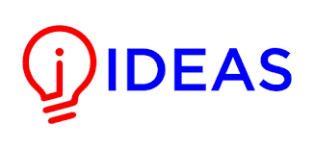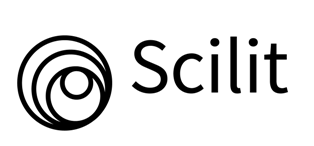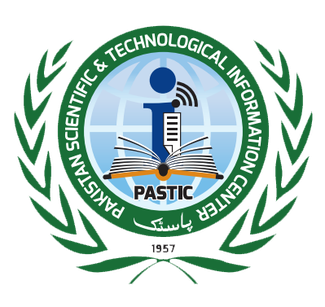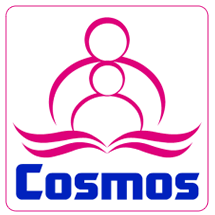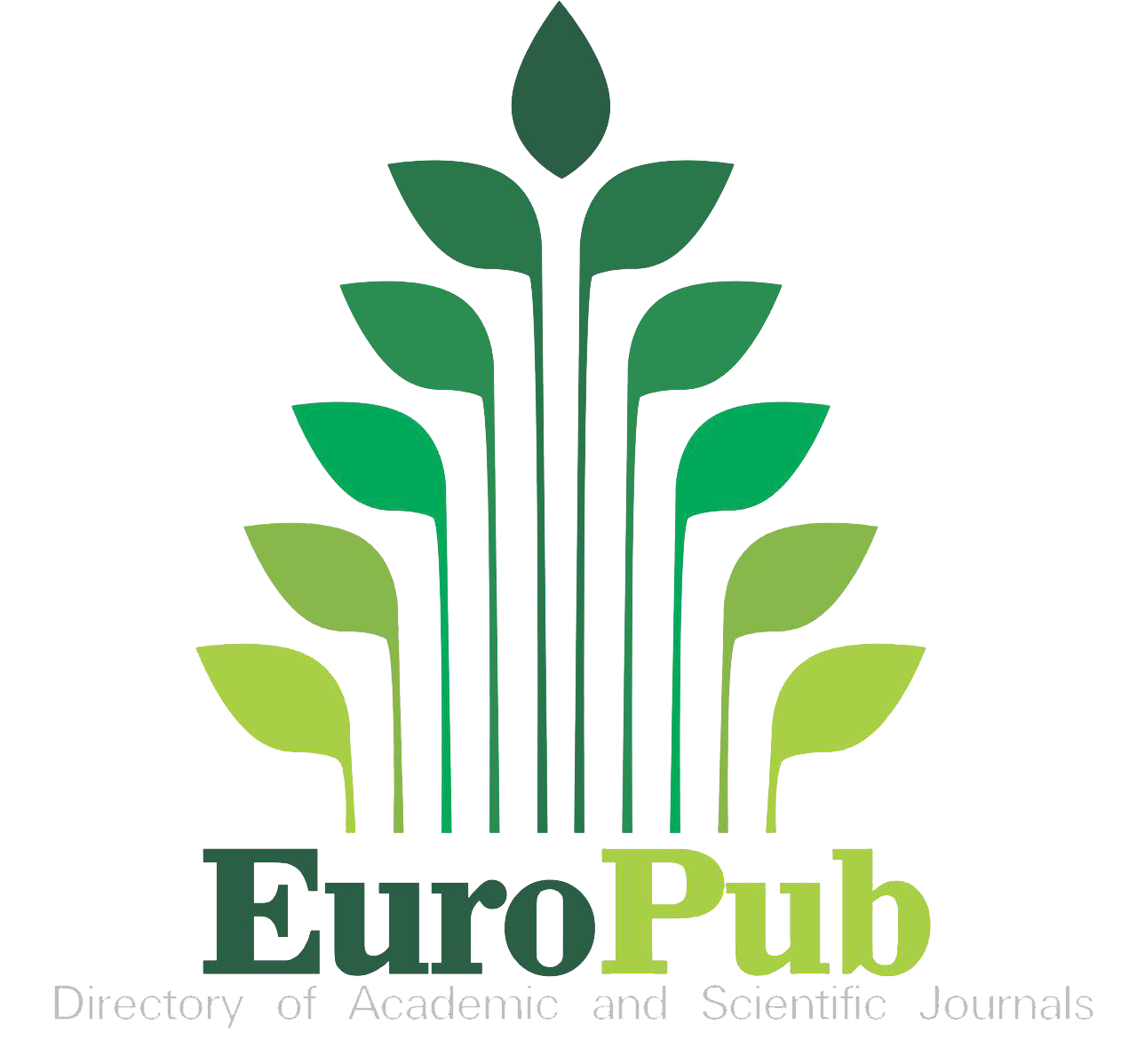A Computer Vision Based Child Safety Solution Using YOLOv8 Architecture
Keywords:
Computer Vision, YOLOv8, Euclidean Distance, Ultralytics, Annotation, Confusion MatrixAbstract
Child safety continues to be a major concern in homes, public spaces, and schools. Physical barriers and supervision by parents or guardians are often not enough to prevent accidents in restricted or high-risk areas such as swimming pools, staircases near sharp objects, electrical sockets or places where drugs are stored. This project proposes a real-time computer vision-based solution to enhance child safety by detecting the presence of children in restricted zones and alerting guardians, caregivers or authorities immediately. The system is built using YOLOv8 (You Only LOOK Once version 8) for object detection, combined with distance estimation and an alarm-triggering mechanism. A custom dataset containing over 30,000 labeled images across eight categories was used for model training and validation. The euclidean distance formula was applied to measure the spatial relationship between the detected children and nearby hazards, enabling accurate risk assessment in real-time. The proposed model achieved a mean Average Precision (mAP) of 90% and showed high accuracy in detecting critical proximity scenarios instantly. The solution is scalable and deployed in various environments, offering a proactive approach to preventing accidents. This project aims to deliver and effective system using readily available hardware, making it easy to install in both private and public spaces. Early testing demonstrated high levels of accuracy, speed, and real-time performance, positioning this system as a potential breakthrough in child safety technology.
References
Liang Junbiao, “A review of the development of YOLO object detection algorithm,” Appl. Comput. Eng., vol. 71, no. 1, pp. 39–46, 2024, doi: 10.54254/2755-2721/71/20241642.
A. F. Joseph Redmon, “YOLOv3: An Incremental Improvement,” arXiv:1804.02767, 2018, doi: https://doi.org/10.48550/arXiv.1804.02767.
K. He, X. Zhang, S. Ren, and J. Sun, “Deep residual learning for image recognition,” Proc. IEEE Comput. Soc. Conf. Comput. Vis. Pattern Recognit., vol. 2016-December, pp. 770–778, Dec. 2016, doi: 10.1109/CVPR.2016.90.
S. Tripathi, A. Sharma, and G. Krishnan, “Child Monitoring and Data Analysis via Computer Vision,” Proc. 6th Int. Conf. Smart Syst. Inven. Technol. (ICSSIT), Kalpa Publ. Comput., vol. 19, pp. 455–442, Aug. 2024, doi: 10.29007/MJXM.
A. F. Joseph Redmon, Santosh Divvala, Ross Girshick, “You Only Look Once: Unified, Real-Time Object Detection,” arXiv1506.02640 [cs, 2016, doi: https://doi.org/10.48550/arXiv.1506.02640.
U. Mittal, P. Chawla, and R. Tiwari, “EnsembleNet: a hybrid approach for vehicle detection and estimation of traffic density based on faster R-CNN and YOLO models,” Neural Comput. Appl., vol. 35, no. 6, pp. 4755–4774, Feb. 2023, doi: 10.1007/S00521-022-07940-9/METRICS.
S. M. Om M. Khare, Shubham Gandhi, Aditya M. Rahalkar, “YOLOv8-Based Visual Detection of Road Hazards: Potholes, Sewer Covers, and Manholes,” arXiv:2311.00073, 2023, doi: https://doi.org/10.48550/arXiv.2311.00073.
M. Ş. Gündüz and G. Işık, “A new YOLO-based method for social distancing from real-time videos,” Neural Comput. Appl., vol. 35, no. 21, pp. 15261–15271, Jul. 2023, doi: 10.1007/S00521-023-08556-3/METRICS.
F. V. and H. M. Vítor Freitas, Richardson Menezes, “Estimation of Safety Distance Between Vehicles on Highways Using YOLOv4 from Aerial Images,” Proc. Brazilian Symp. Intell. Comput., 2021, [Online]. Available: https://sbic.org.br/eventos/cbic_2021/cbic2021-148/
S. Kumar, S. Swetha, V. T. Kiran, and P. Johri, “IoT based smart home surveillance and automation,” 2018 Int. Conf. Comput. Power Commun. Technol. GUCON 2018, pp. 786–790, Mar. 2019, doi: 10.1109/GUCON.2018.8674999.
J. A. C. Jose et al., “A Vision-Based Detection and Tracking Algorithm for a Child Monitoring Robot,” 2019 4th Asia-Pacific Conf. Intell. Robot Syst. ACIRS 2019, pp. 169–173, Jul. 2019, doi: 10.1109/ACIRS.2019.8936015.
S. C. Ofir Arbili, Lior Rokach, “Wearable Sensors for Ensuring Sports Safety in Children with Autism Spectrum Disorder: A Comprehensive Review,” Sensors, vol. 25, no. 5, p. 1409, 2025, doi: https://doi.org/10.3390/s25051409.
H. A. Andrew G. Howard, Menglong Zhu, Bo Chen, Dmitry Kalenichenko, Weijun Wang, Tobias Weyand, Marco Andreetto, “MobileNets: Efficient Convolutional Neural Networks for Mobile Vision Applications,” arXiv:1704.04861, 2017, doi: https://doi.org/10.48550/arXiv.1704.04861.
Ultralytics, “Ultralytics YOLOv8 Documentation,” Ultralytics, 2025, [Online]. Available: https://docs.ultralytics.com/
J. D. Hunter, “Matplotlib: A 2D graphics environment,” Comput. Sci. Eng., vol. 9, no. 3, pp. 90–95, 2007, doi: 10.1109/MCSE.2007.55.

Downloads
Published
How to Cite
Issue
Section
License
Copyright (c) 2025 50sea

This work is licensed under a Creative Commons Attribution 4.0 International License.




